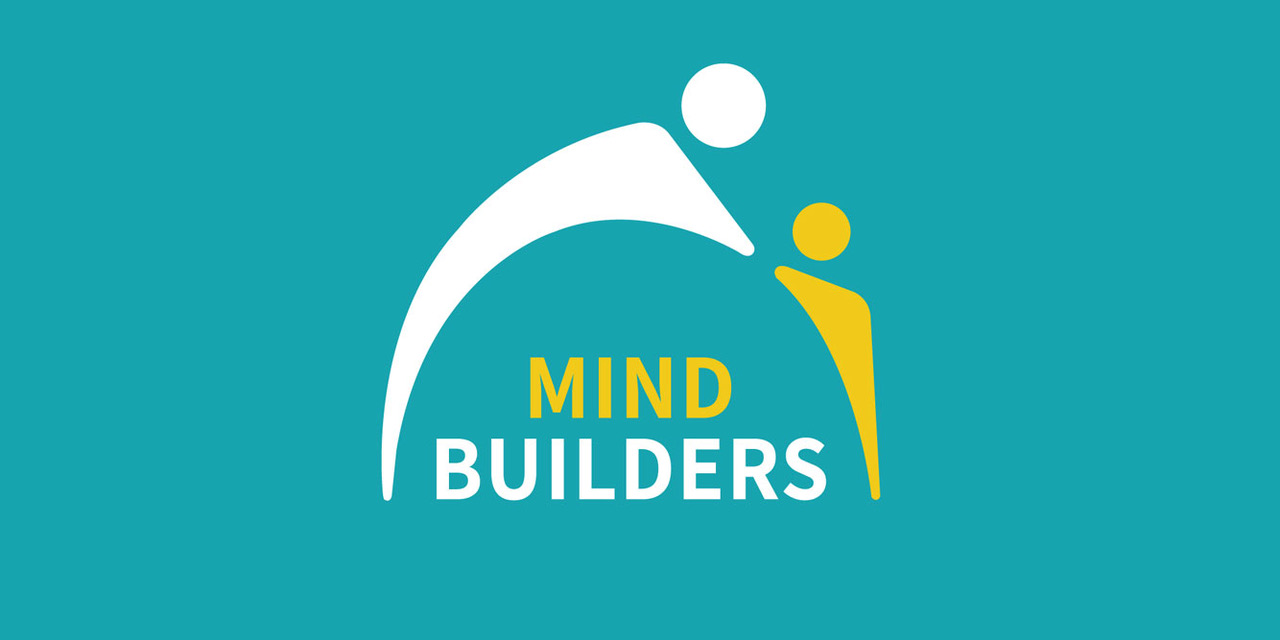Human language is not just learned behavior, but consists of complex social communication about emotional-mental states, thoughts, and ideas using symbols and cultural meanings.
1. divided attention When a child begins to speak, words take their place alongside other communicative gestures that he or she has already fully mastered. It cannot be the other way around, just as you cannot paint a house before it is built. The beginnings of language are in the moments when the mother follows with her eyes what her child sees and joins him in it. For a long time, the adult must keep track of what interests the child, the baby, that is, follow the "content of his mind," his intentions and ideas. A child can learn to speak and use language only when he has correctly understood the meaning and pleasures of such mutual concentration on a common theme, a "divided attention." In a sense, mother and baby are having a "gaze conversation": the baby's silent looking may be a question that says, "Can you see what I'm looking at?" His mother may respond with, "Yes! It's a butterfly! A beautiful butterfly! Yikes, now he's gone! Where did he go?" All of this is the beginning of the "social referencing" that is necessary for any meaningful interaction.
2. understanding how the world works Without understanding how the world works, the child's mind cannot build the necessary structures for thought and language. Only through "learning from experience," through active exploration and experimentation, can young children begin to make sense of and form a picture of their inner world. If, for whatever reason, children are unable to actively explore a rich and stimulating environment, they may not be able to learn to speak. This is because speech is the expression of what is emotionally meaningful to us. Some children do not explore their environment because they have physical or mental disabilities, others because they lack play materials to explore, because they are not encouraged, or because they experience too much passive distraction from the flicker of electronic devices such as computers, cell phones, videos, and television. But all of these children can learn if we provide them with the play materials that build their "general understanding" of the world, as described in the book Every Child Can Learn.
3. social referencing In this way, the baby gradually understands that what he is looking at also has a meaning for his mother, and she calls it "butterfly". The child is happy to share his attention in this way and wants to know what she thinks about things. He looks at her face to see if something is safe or dangerous, allowed or forbidden, and smiles or frowns in response. This is called "social referencing," the next stage after "divided attention." This is what autistic children find so difficult or fail to do, and where the causes often lie if they have not learned to speak. This is where we must put our care and our greatest attention, because without these basics all other efforts have little meaning or effect.
4. Communicative intention Crucial for a child's language acquisition is that the adult firmly believes in the child's communicative intentions, i.e., that he or she focuses so much on the child and interprets and responds to all of his or her actions, gestures, and vocalizations, as if they would be a clear message, i.e. to see everything the child does, even the smallest movements, as conscious messages from him (even if they are not!), all his utterances at least as an attempt to communicate, and to follow the child's eyes to see what he has in mind and what he is could mean , i.e. "to follow the content of his mind".
5. want to communicate Like any other child, the autistic child needs to learn to have fun or enjoy himself with another person. If it is fun and connected to his inner feelings (affect), he will want more. If he wants more, he will ask for it - and asking for something is communication. At that moment, he will communicate because he wants to, not because you tell him to. He will have a "good feeling" about communicating and saying "Hello!" because it gives him a nice and warm feeling to be connected to another person.
What a child who does not communicate needs is not to speak words, - but to have it Must learn want to communicate .If the child does not want to communicate, he will not speak, even if he had the words and the language. And if he wants to communicate but has no words, he will 'talk' (like the deaf child) and point to things with eye contact and gestures to try to make you understand what he is up to. Our goal must be to show him that it is fun to communicate with another person.

